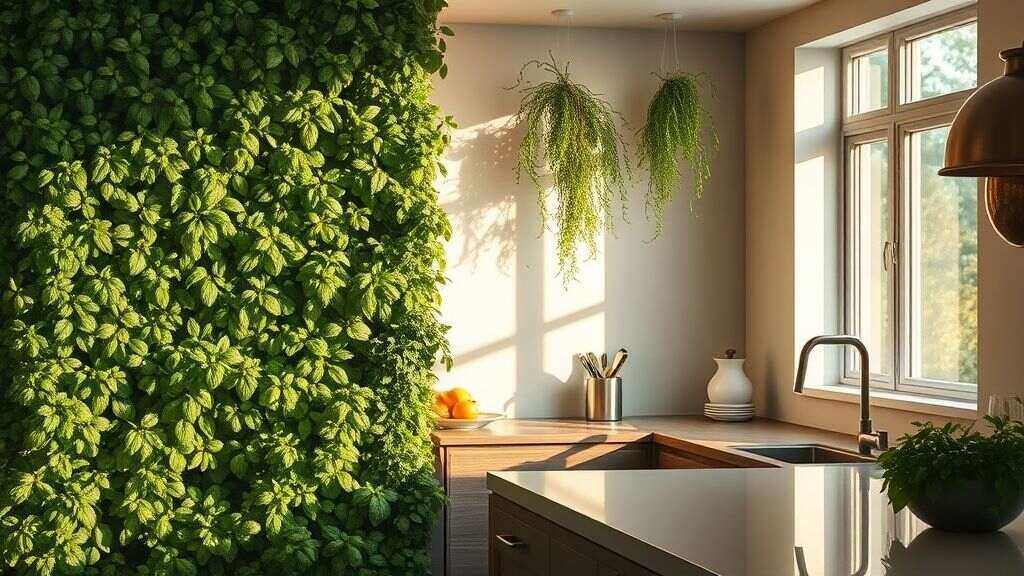Imagine reaching for fresh basil, mint, or rosemary just inches away from your kitchen counter. A vertical herb wall not only transforms cooking but also enhances your home with greenery and style. With modern homes getting smaller and lifestyles getting busier, space-saving yet functional solutions are more relevant than ever.
A vertical herb garden offers convenience, freshness, and a creative design element all in one. Curious about how this simple addition can elevate your cooking and lifestyle? Let’s dive into practical, stylish, and easy ways to build and enjoy your own herb wall.
1. Why Choose a Vertical Herb Wall?
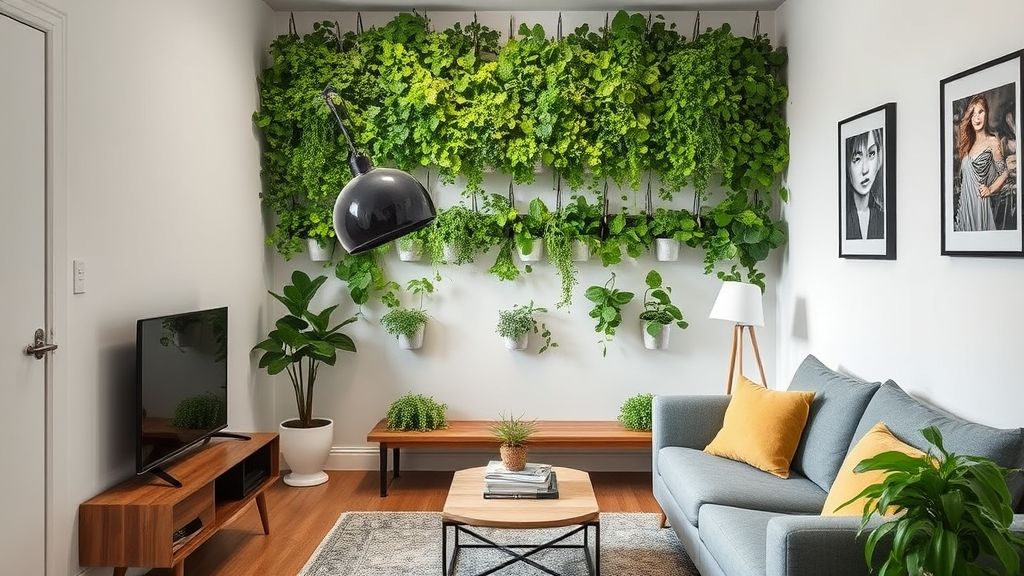
A vertical herb wall is more than just a pretty thing to look at; it’s a useful way to live in the city. The National Gardening Association did a survey in 2023 and found that 35% of people who live in cities prefer vertical gardening because they don’t have much space. These walls let you make the most of your kitchen or balcony space while still being able to reach fresh herbs.
Think about how much better a dull wall would look with bright green plants that lower stress and boost creativity. A vertical herb wall not only looks nice, but it also helps you save money on groceries by giving you fresh ingredients every day. Source
2. Selecting the Perfect Location
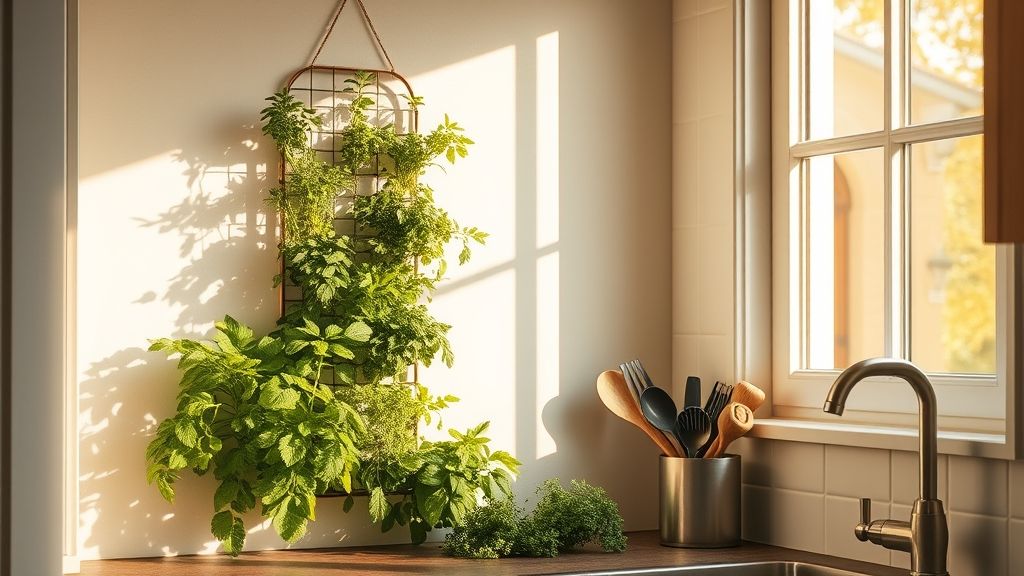
Where you put your herb wall is very important to its success. Herbs need 6 to 8 hours of natural sunlight every day, so putting your wall near a window that faces south is best. If you don’t get a lot of natural light, you might want to look into LED grow lights. They look like sunlight and help plants grow all year long.
Putting them inside near the kitchen makes cooking easier, and balconies let in fresher air. Would you rather go to the store or pick parsley in the middle of a recipe? Convenience is what matters most. Source
3. Choosing the Right Herbs for Your Wall
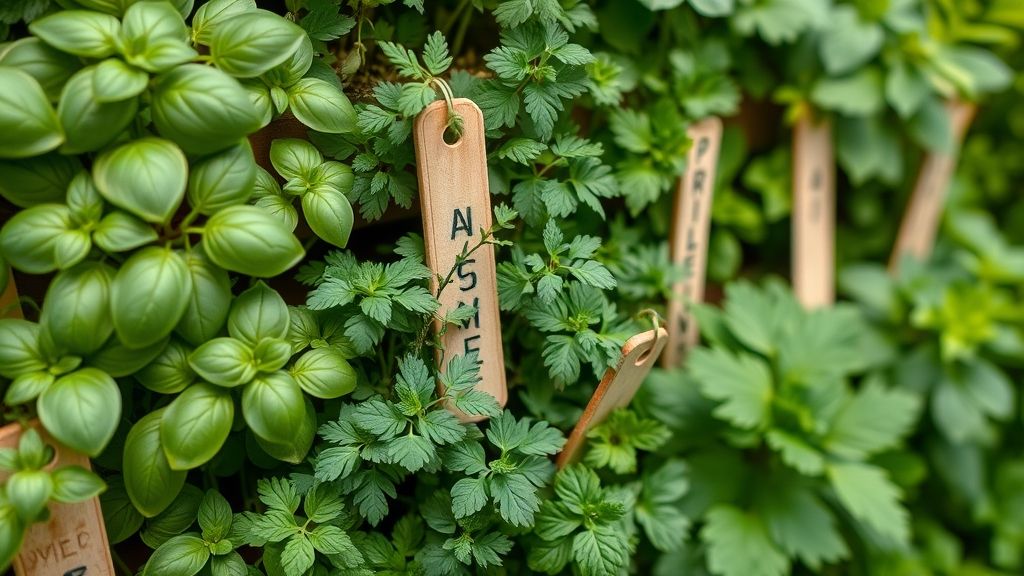
Some herbs grow better inside than others. Basil, thyme, parsley, mint, rosemary, and oregano are all good choices because they are small, smell good, and are often used in cooking. A 2022 study on urban farming found that when the light is controlled, mint and basil grow 20% faster indoors.
If you’re new to herbs, start with hardy ones like thyme or parsley and then move on to more delicate ones like basil. If you choose herbs that you use in cooking, your wall will stay useful and last a long time. Source
4. Soil, Hydroponics, or Aeroponics?
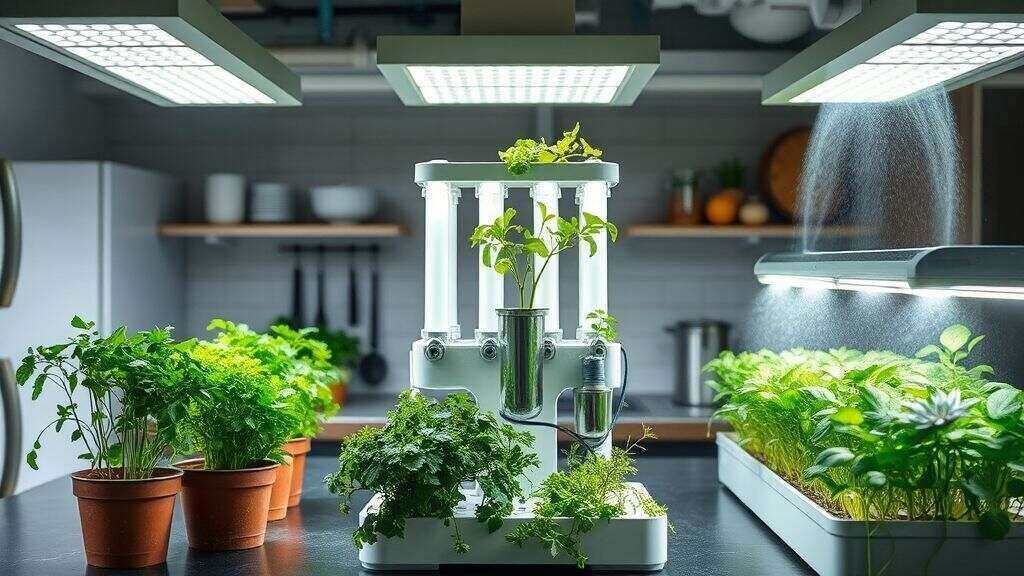
Traditional soil is the easiest medium, but hydroponic and aeroponic systems are becoming more popular. Aeroponics mists roots with nutrients, while hydroponics uses water that is rich in nutrients. A Statista report from 2023 says that hydroponic systems are becoming more popular because they make plants grow 30% faster.
Soil is familiar, but hydroponics uses less water and keeps pests away. Which method works best for you? Hydroponics might be the low-maintenance option you’ve been looking for if you’re a busy professional. Source
5. Stylish Design Ideas for Herb Walls
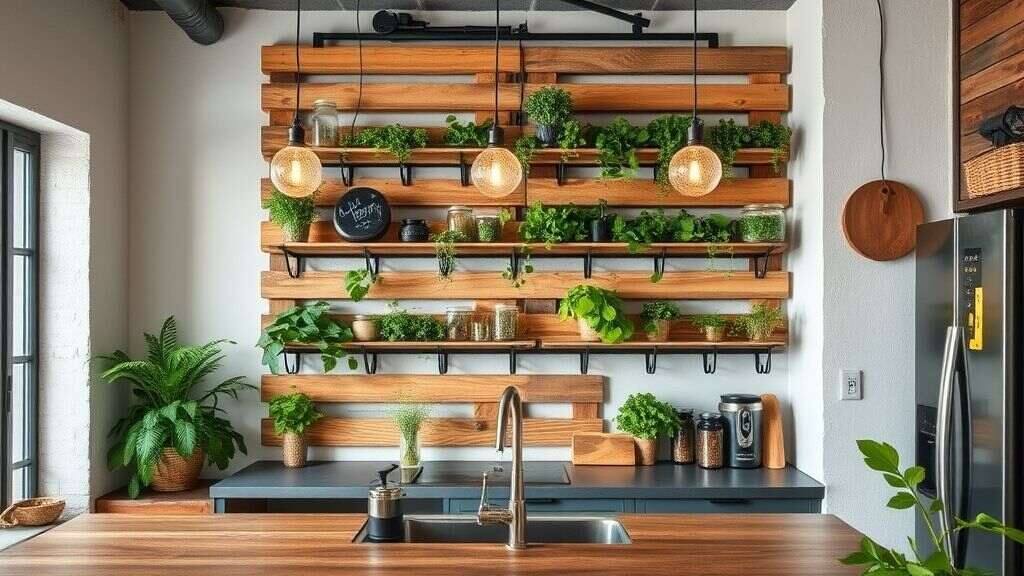
When you design your herb wall, you need to think about both how it looks and how it works. You can make layouts that look good with wooden pallets, mason jars, metal racks, or modular panels. Vertical gardens are like living works of art that make your kitchen look bright and modern.
Houzz says that biophilic design, which means bringing nature inside, is one of the top five home trends around the world in 2023. A well-designed herb wall fits in with your home’s style while still being useful. Source
6. Lighting Solutions for Indoor Herb Growth
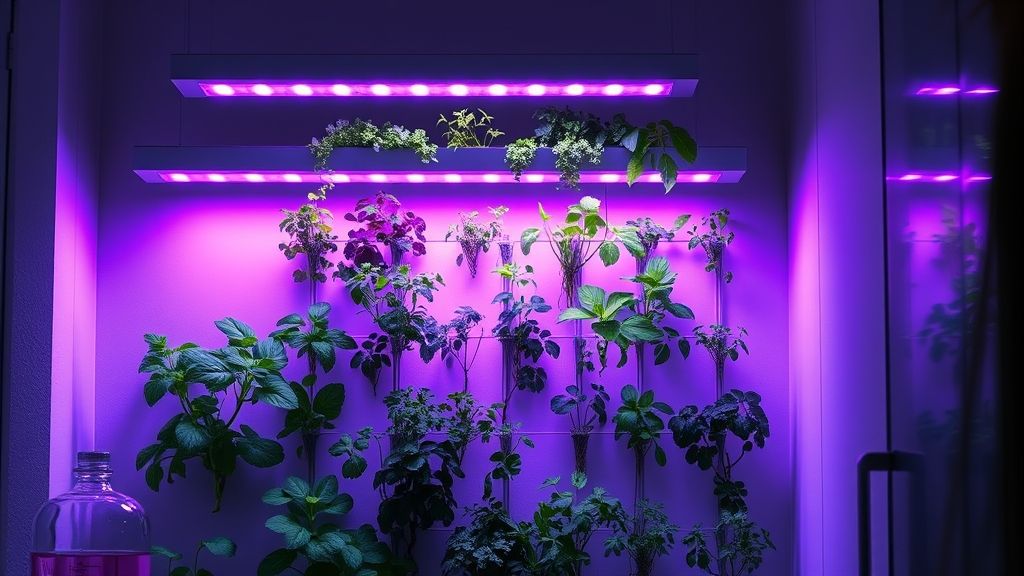
Lighting is crucial for a thriving vertical herb wall. Natural light may not always be available, especially in apartments, so LED grow lights are essential. Modern grow lights are energy-efficient and designed to provide the right spectrum for plant growth.
A 2022 report from Energy.gov highlighted that LED lights consume up to 75% less energy compared to traditional lighting. Position lights 6–12 inches from plants for optimal growth without overheating. Think of them as a “sun substitute” tailored for your herbs. Source
7. Watering Techniques Made Simple
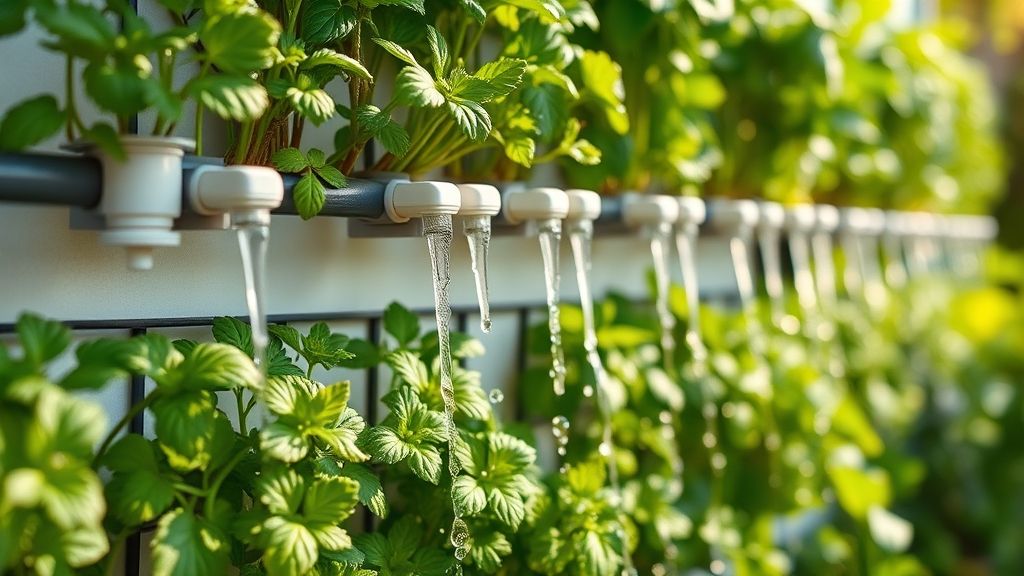
Overwatering is one of the most common mistakes in herb gardening. Vertical walls need a balanced irrigation system, such as drip irrigation, which distributes water evenly. Smart self-watering systems are becoming increasingly popular for urban gardeners, saving time and preventing root rot.
Research from 2023 indicates automated watering can reduce plant loss by 40%. Simple habits—like checking soil moisture with your finger—can also ensure consistency. Wouldn’t it be nice if your herbs practically cared for themselves? Source
8. Maintaining Healthy Herbs Year-Round
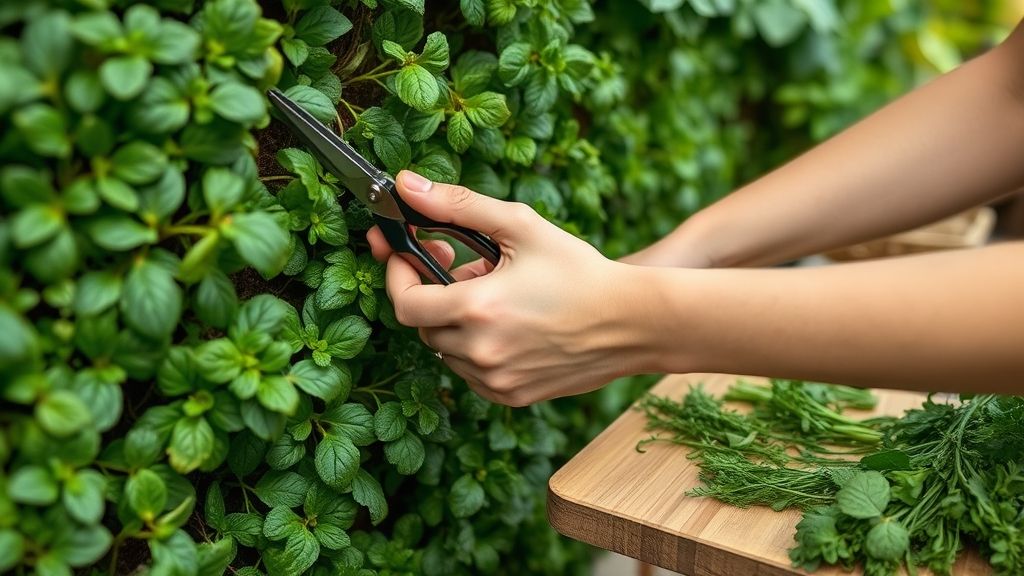
Consistency is key to keeping herbs lush. Regular pruning not only promotes growth but also ensures flavorful harvests. Fertilizing every 4–6 weeks with organic compost or liquid feed replenishes essential nutrients. Indoor herbs may also face pests like aphids; neem oil sprays are an eco-friendly solution. The University of Florida’s 2023 guide notes that regular trimming increases leaf production by 25%. Treat your herb wall as both a design feature and a living system needing gentle care.
9. Saving Money with Homegrown Herbs
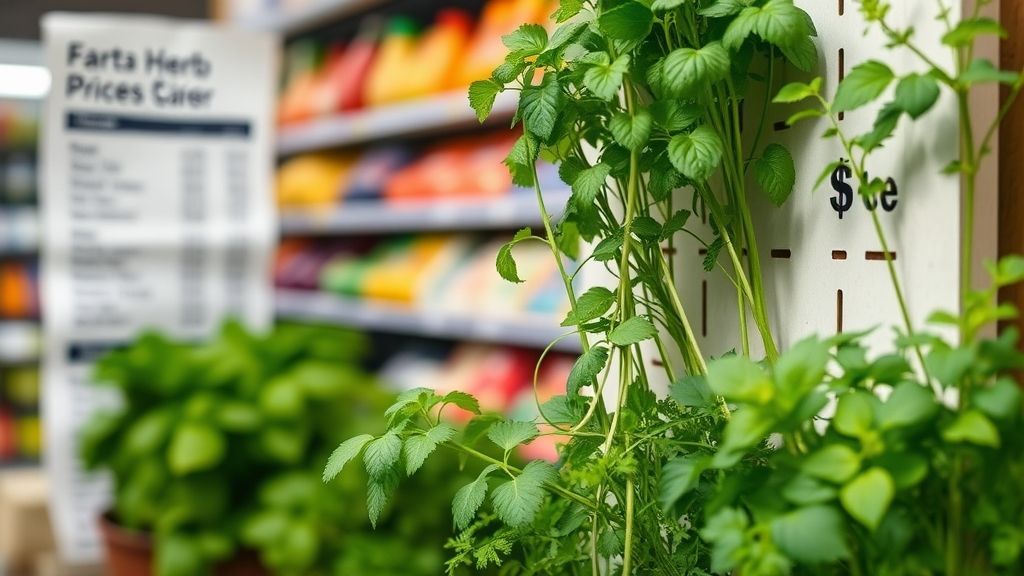
Did you know that fresh herbs from grocery stores can cost up to $3–$5 per bundle? A vertical herb wall can reduce this recurring expense. A 2022 market analysis revealed households with herb gardens saved an average of $200 annually. Beyond cost savings, you’ll also enjoy fresher, chemical-free produce.
Think about how often you buy cilantro or basil—imagine harvesting instead of purchasing! Over time, your wall pays for itself in flavor and savings. Source
10. Boosting Health and Wellness with Fresh Herbs
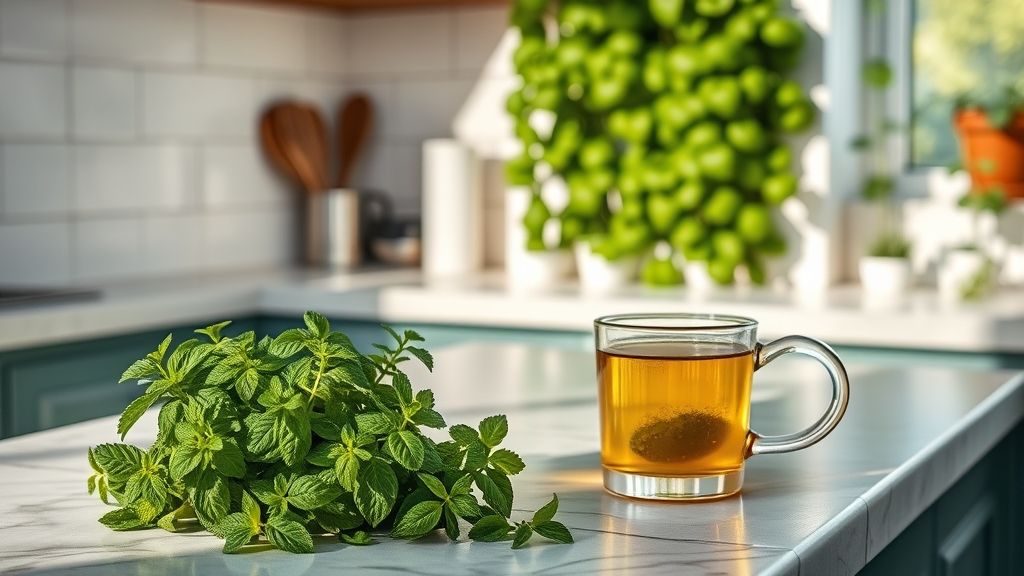
Fresh herbs don’t just add flavor—they boost health. Basil is rich in antioxidants, mint aids digestion, and rosemary improves focus. A 2023 study in the Journal of Food Science confirmed that freshly harvested herbs contain higher nutrient density compared to store-bought options.
Having a vertical herb wall encourages daily use, enhancing both physical health and mental well-being. What better way to nurture yourself than by growing your own “medicine cabinet” of herbs? Source
11. Eco-Friendly Benefits of Vertical Gardening
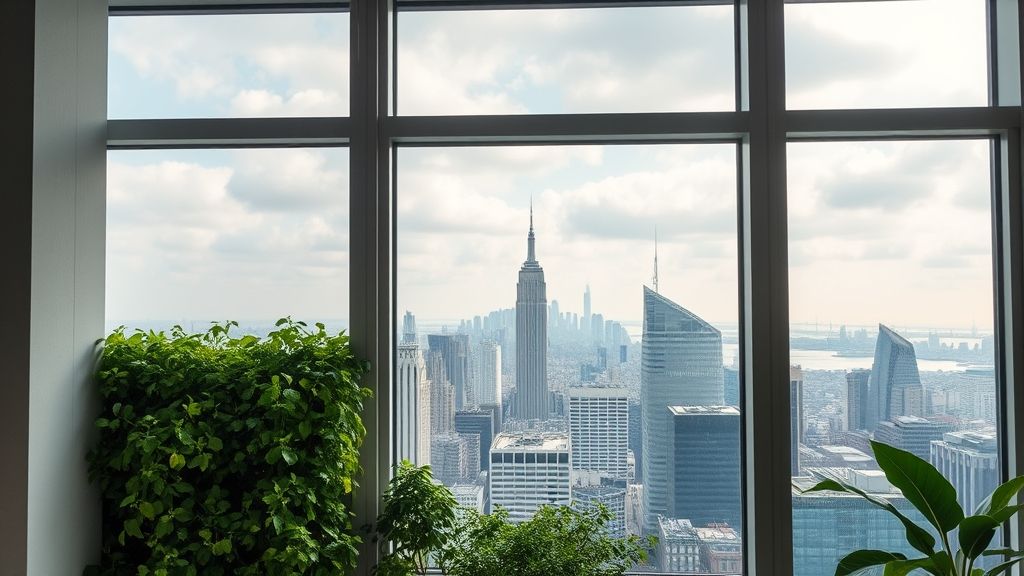
Vertical herb walls reduce your carbon footprint by minimizing plastic packaging and long supply chains. According to a 2022 UN report, urban agriculture can cut food miles by up to 25%. Additionally, plants improve indoor air quality by filtering toxins and releasing oxygen.
By choosing organic fertilizers and eco-friendly materials, you create a sustainable system. Isn’t it empowering to know your small kitchen wall contributes to a greener planet? Source
12. Incorporating Technology for Smarter Gardening
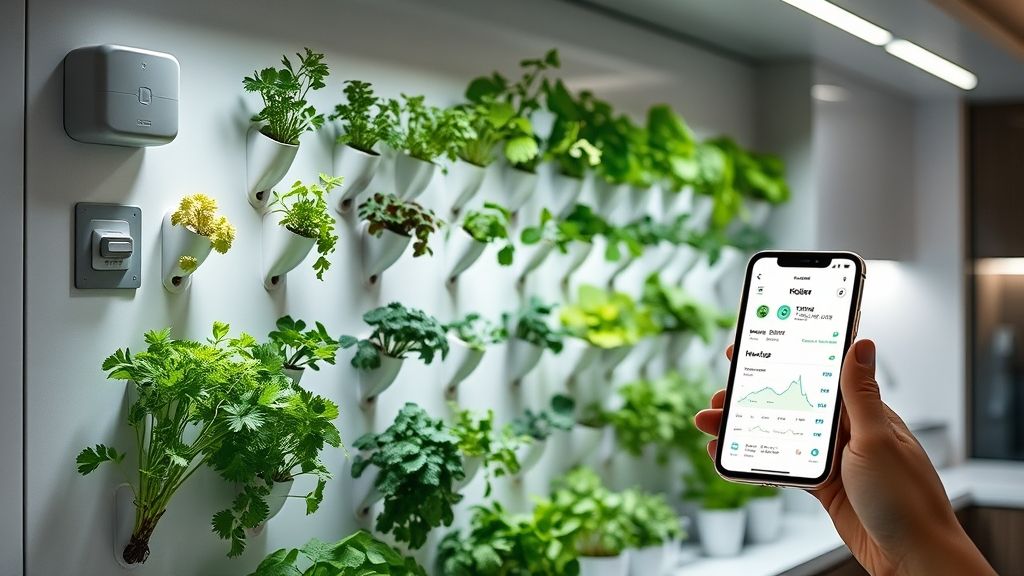
Smart gardening systems make vertical herb walls nearly effortless. Devices like Wi-Fi–enabled irrigation systems and app-controlled grow lights help monitor plant needs remotely. A 2023 report by Grand View Research found that smart gardening devices are projected to grow by 20% annually. These tools are perfect for busy professionals who still crave fresh herbs. Imagine your phone reminding you when to water basil or adjust lighting—technology and nature working hand in hand.
13. Teaching Kids About Food Through Herb Walls

A vertical herb wall isn’t just practical—it’s educational. Involving children in planting and harvesting teaches them responsibility, patience, and healthy eating habits. Research in 2022 by the American Horticultural Society showed kids who garden are 30% more likely to eat vegetables regularly.
Imagine the excitement when your child plucks fresh mint leaves for homemade lemonade. Herb walls create family bonding moments while instilling lifelong values about food and nature. Source
14. Hosting with Style: Impress Guests with Fresh Flavors

Entertaining becomes effortless when fresh herbs are at your fingertips. Picture hosting dinner with cocktails garnished with freshly picked mint or pasta topped with homegrown basil. According to a 2023 lifestyle trend report, hosting with homegrown ingredients ranks high in modern entertaining.
Your herb wall doubles as décor and conversation starter, leaving guests inspired. After all, who wouldn’t be impressed by a stylish, space-saving green wall in your kitchen? Source
15. Starting Small and Scaling Up
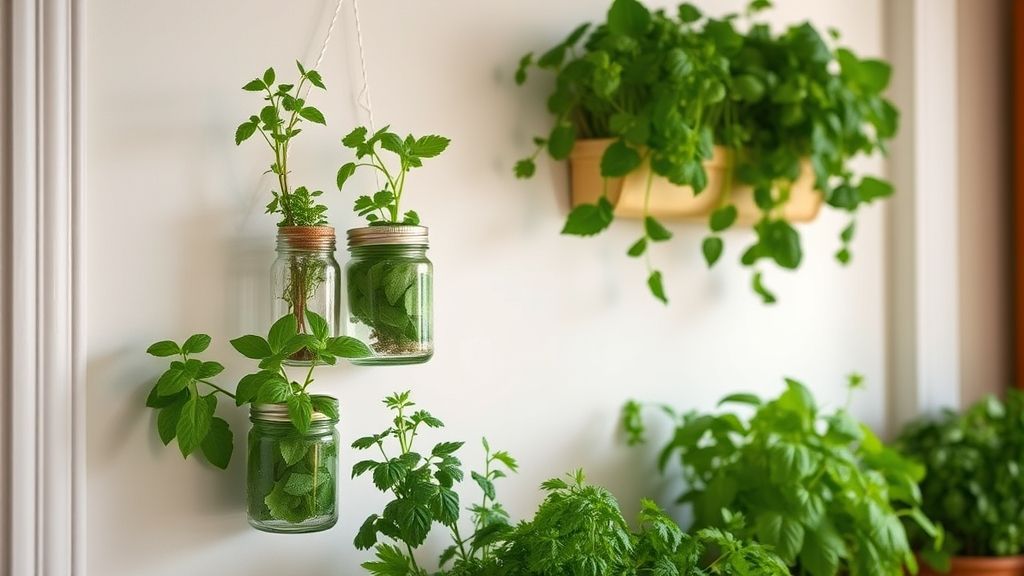
Beginning your herb wall doesn’t need to be overwhelming. Start with three herbs in small containers, then expand as confidence grows. A 2023 beginner gardening survey found that 65% of people who started small were more likely to stick with gardening long-term.
Scaling gradually allows you to learn plant needs without feeling pressured. Remember, the most successful walls start simple and grow alongside your skills and lifestyle. Source
Conclusion
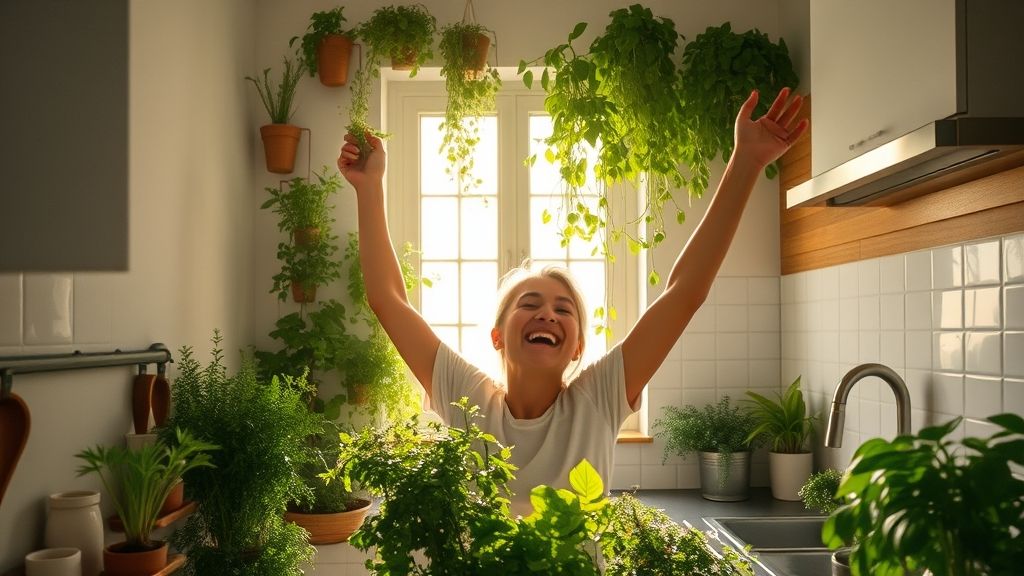
A vertical herb wall is more than a trend—it’s a lifestyle upgrade that blends practicality, wellness, and style. From saving money to boosting nutrition and sustainability, this simple feature transforms daily cooking into a rewarding ritual. With the right location, lighting, and design, anyone can enjoy fresh herbs year-round.
Whether you start small or go big, the journey is as enriching as the outcome. Ready to transform your kitchen into a fresh, stylish, and eco-friendly space? Start today—your future self (and your taste buds) will thank you.

